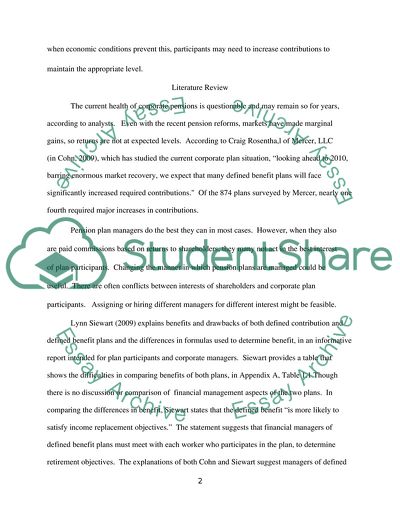Cite this document
(Corporate Pension Plans Term Paper Example | Topics and Well Written Essays - 2500 words, n.d.)
Corporate Pension Plans Term Paper Example | Topics and Well Written Essays - 2500 words. Retrieved from https://studentshare.org/macro-microeconomics/1729199-corporate-pension-plans
Corporate Pension Plans Term Paper Example | Topics and Well Written Essays - 2500 words. Retrieved from https://studentshare.org/macro-microeconomics/1729199-corporate-pension-plans
(Corporate Pension Plans Term Paper Example | Topics and Well Written Essays - 2500 Words)
Corporate Pension Plans Term Paper Example | Topics and Well Written Essays - 2500 Words. https://studentshare.org/macro-microeconomics/1729199-corporate-pension-plans.
Corporate Pension Plans Term Paper Example | Topics and Well Written Essays - 2500 Words. https://studentshare.org/macro-microeconomics/1729199-corporate-pension-plans.
“Corporate Pension Plans Term Paper Example | Topics and Well Written Essays - 2500 Words”, n.d. https://studentshare.org/macro-microeconomics/1729199-corporate-pension-plans.


